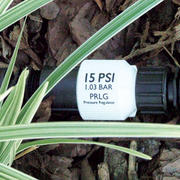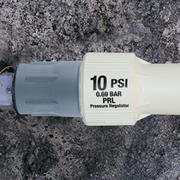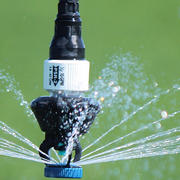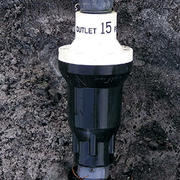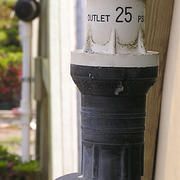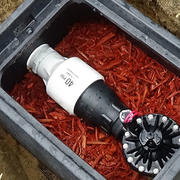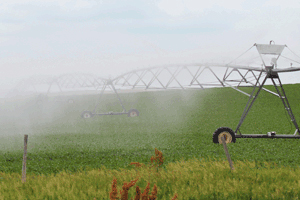
It doesn’t matter what type of irrigation system you have, be it a pivot, drip line, micro sprinklers, or a permanent solid set system. Correct system pressure is essential to obtaining optimum irrigation efficiency.
All sprinklers and applicators are designed to operate within a specific flow and pressure range. For example, the Senninger i-Wob®2 is designed to work at a pressure range of 6 - 15 psi (0.41 - 1.03 bar). If it operates within that range, it will maintain its distribution pattern, throw distance, and droplet size and work as designed.
If these conditions are altered and the sprinkler is forced to work at a higher or lower pressure range, you could have problems with over or under watering, misting, and poor pattern uniformity. Operating outside the design parameters also contributes to premature wear and might affect the application of fertilizers and herbicides through the irrigation system.
This all results in irregular crop growth and quality.
Common Reasons You Need a Pressure Regulator
The most common cause of pressure variations in the field are uneven terrain, and end guns on a pivot or irrigation zones in a nursery cycling on/off. These are far from the only causes of pressure variation, but there is a strong chance one of these is present in your field.

Why Uneven Terrain?
Pressure is directly related to gravity. This means an irrigation system will need more pressure to move water uphill. However, when water is moving downhill, gravity will make more pressure available.
If there is a significant elevation rise, you will see a decrease in pressure and a reduction in the flow. Areas with lower elevation will see an increase in pressure and flow. This increase in pressure can cause damage to fittings and sprinklers.
Why Zones Cycling On / Off?
Friction loss through pipes and fittings affects system pressure. When the operating conditions change from one zone or one system block to another (i.e. the cycling on/off of irrigation zones or blocks), this creates fluctuations that can impact sprinkler performance. Larger flows increase friction loss, which then affects outlet pressure.
Why End Guns or Corner Arms?
Many mechanized irrigation systems use end guns and corner arms. These devices act as a separate irrigation zone. When end guns and corner arms cycle on or off, they dramatically change pressure and flow along the mainline.
Going in-depth into pressure regulator fundamentals
Check out the pressure regulator guide to learn more about the importance of maintaining correct system pressure to conserve water and energy, troubleshooting tips, and answers to FAQs.
Learn the fundamentals of pressure regulation with Senninger's free on-demand pressure regulation course on Hunter University. Learn how to install pressure regulators in different irrigation systems, select a model, identify wear issues, causes of pressure fluctuations and more.

